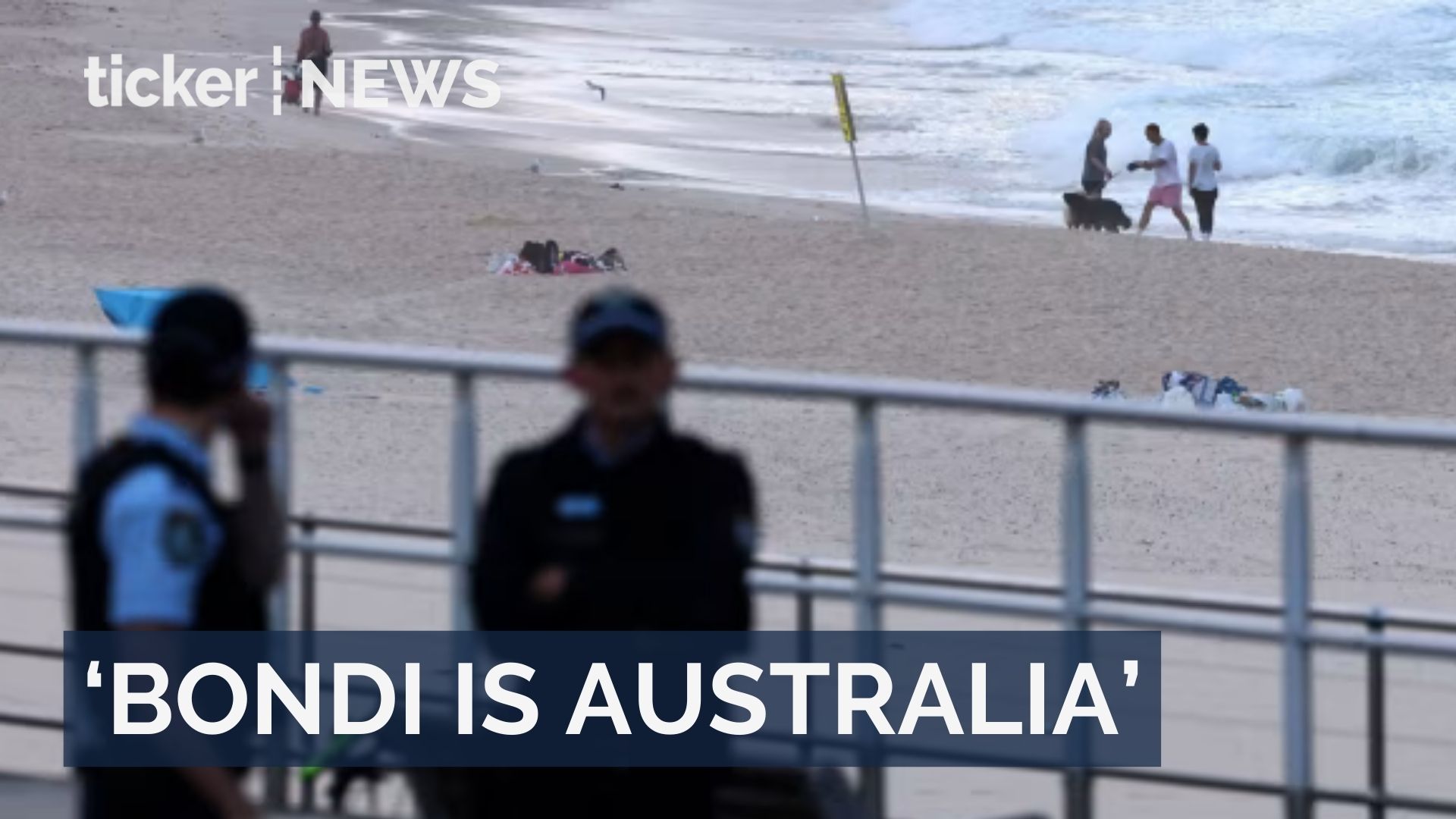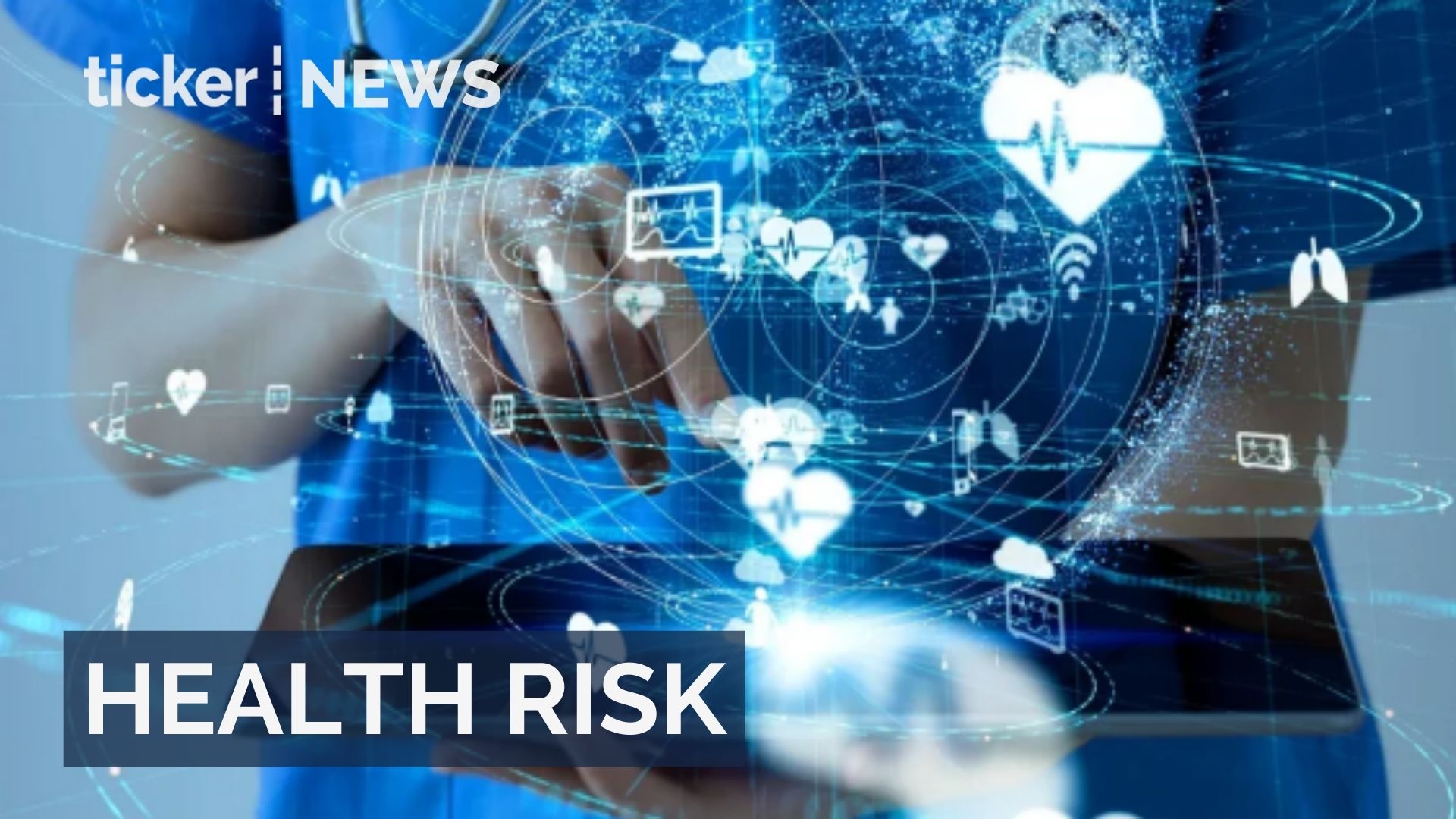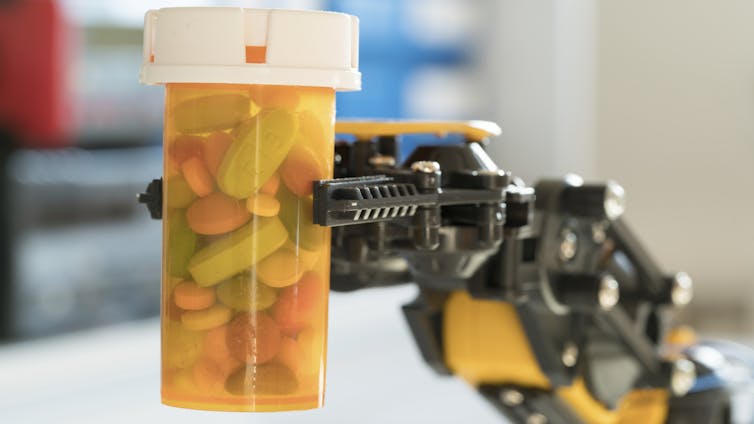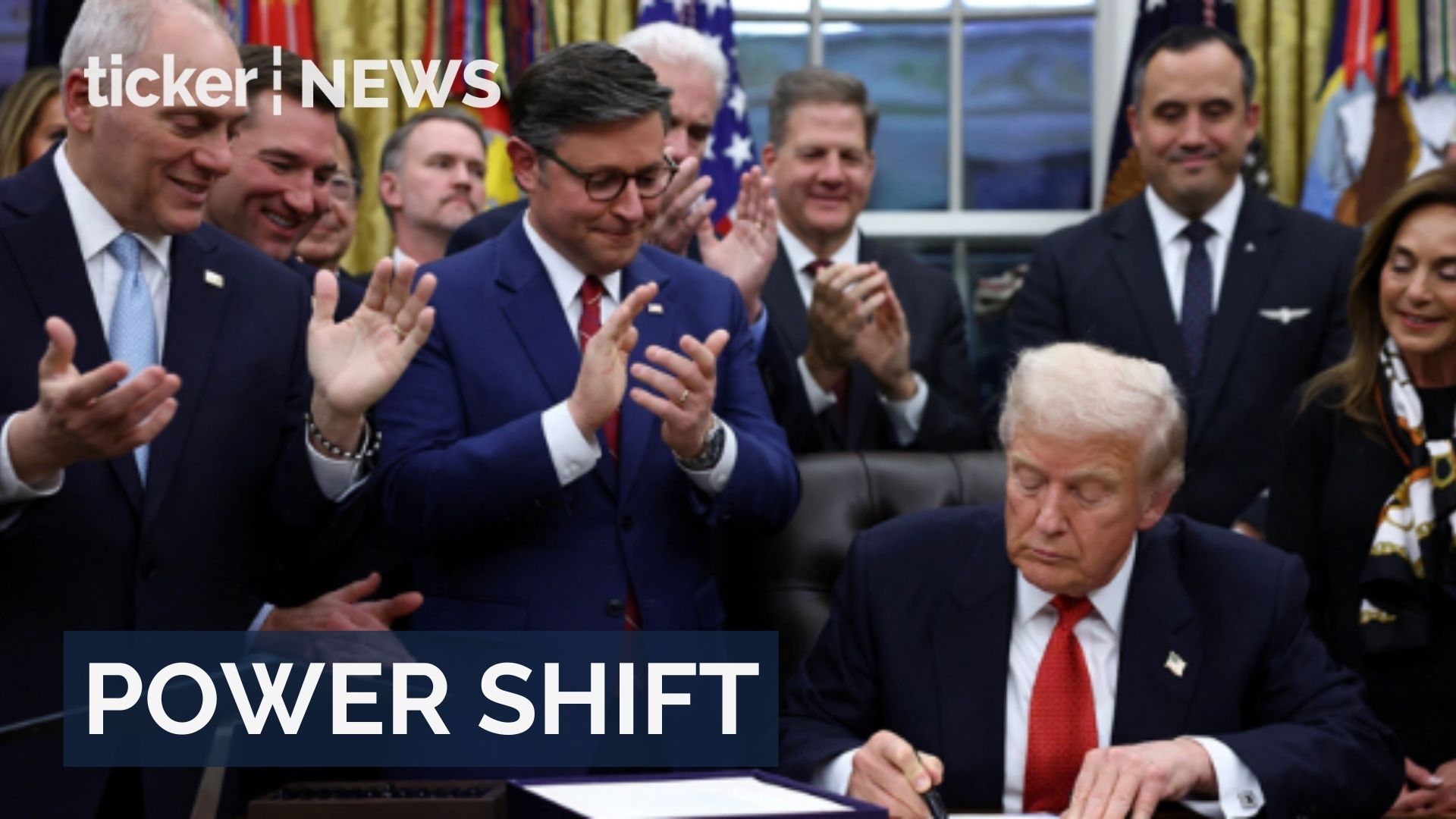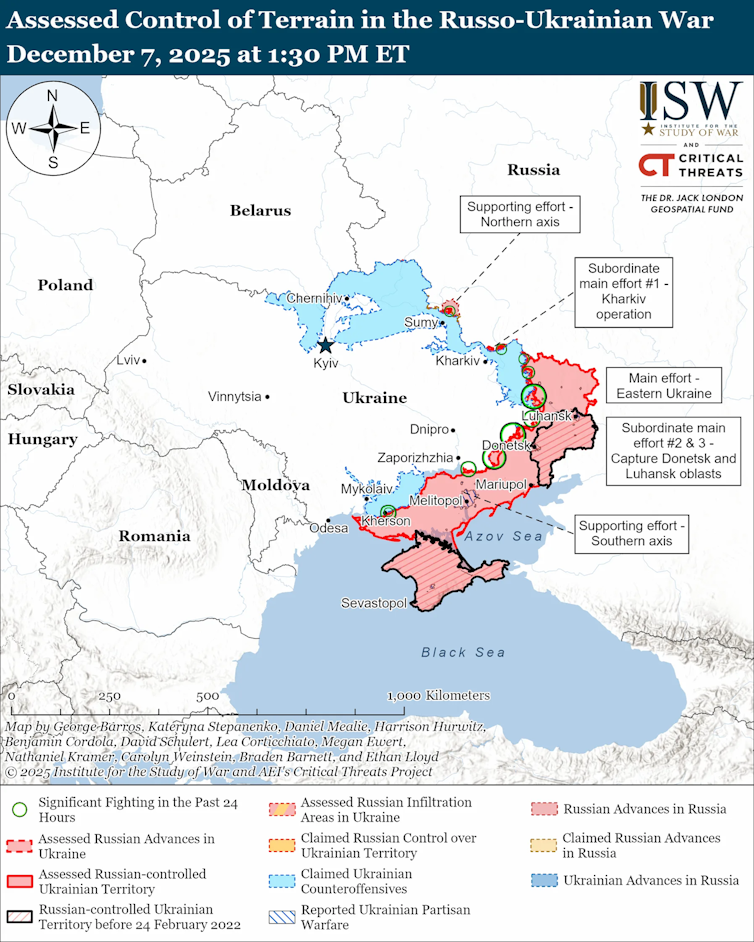David Smith, University of Sydney
Australia’s federal election, held less than a week after Canada’s, has produced a shockingly similar outcome. Commentators all over the world have pointed out the parallels.
In both countries, centre-left governments looked like they were in serious trouble not long ago.
On February 23, a Resolve Strategic poll found the Coalition leading Labor 55-45% on a two-party-preferred basis. An Angus Reid poll in December found voting intention for Canada’s Liberals dropping to just 16%, compared to 45% for the Conservatives.
Yet, both governments are now celebrating historic victories. And in both countries, the conservative opposition leaders, Pierre Poilievre and Peter Dutton, lost their own seats.
US President Donald Trump was undoubtedly a factor in both elections. Even Trump’s most ardent Australian fans admit the reversal of the Coalition’s fortunes in the polls seems to have been precipitated by Trump’s actions, particularly his chaotic tariff announcements and his White House humiliation of Ukraine’s president, Volodymyr Zelensky.
In Canada, Trump cheerfully presented himself as an existential threat to the country.
But if anything, Labor’s landslide win in the Australian election on Saturday highlights just how poorly the Coalition fared under Dutton compared to Canada’s Conservatives. The Coalition bottomed out, while the Tories fared reasonably well in the face of difficult circumstances.
A painful but respectable loss for Conservatives in Canada
So, why the huge difference between the two parties? This is largely because of the differences between the Canadian and Australian electoral systems.
Unlike Australia, Canada does not have preferential voting – a vote for one party is a vote against another. The Liberals’ rise in the polls came mostly at the expense of the left-wing New Democratic Party (NDP) rather than the Conservatives.
Back in December, 21% of voters preferred the NDP, compared to 16% for Justin Trudeau’s deeply unpopular Liberals. But when Trudeau stepped down and Mark Carney became the party’s new leader, the threat posed by Trump unified centre-left Canadian voters behind the Liberals, who had the best chance of winning.
This is the strategic voting that is necessary in winner-take-all systems. The NDP has never won the largest share of seats in a national election, and it never had a chance of winning this one.
The NDP was left with seven seats in last week’s election and under 7% of the vote, losing their party status in parliament and their leader. This was the most significant “Trump effect” on the Canadian election.
Canada’s Conservatives ended up with 41.3% of the vote. This was only a few points down from their December high of 45% in the Angus Reid poll. They also won the greatest share of the national vote by any centre-right party since 1988, and expanded their share of seats in the parliament.
The Liberals, meanwhile, barely won the popular vote and fell three seats short of a majority.
Poilievre was rightly criticised for failing to respond effectively to the challenge posed by Trump’s bullying, instead continuing to campaign as if the election were still a referendum on Trudeau.
That may have cost him a victory that seemed certain months earlier, especially considering Carney made his campaign all about standing up to Trump.
Yet, the Conservatives still performed well enough for Poilievre to retain his position as opposition leader despite losing his seat. Another Conservative sacrificed his own seat to let Poilievre back into parliament.
Dutton’s mistakes were bigger
It’s hard to imagine any member of Dutton’s party doing the same. Dutton handed Labor a staggeringly high two-party-preferred vote and (likely) the most seats it has ever had. Labor won 86 seats in 1987, while Anthony Albanese’s party will have at least 86, with the count continuing.
Dutton’s campaign has been widely described as “shambolic”. But it wasn’t just the last five weeks that doomed the Coalition.
From the moment he became leader, it was clear Dutton had little interest in winning back the former Liberal heartland seats that fell to Teal independents in 2022. Instead, he held out the promise the outer suburbs would become the new heartland.
Following the patterns established by John Howard, Tony Abbott and Scott Morrison, he believed the loss of middle-class women, once the backbone of the Liberal vote, could be compensated by gains among working-class men.
This was always a pipe dream, given the flimsiness of the culture war issues that have been Dutton’s preferred terrain. But it drove urban voters further away from the Liberal Party.
The Liberals should have been alarmed that in state elections and byelections last year, they were making almost no gains in metropolitan seats, whether inner suburban or outer suburban.
The Coalition should resist seeing Trump as a natural disaster over which they had no control. Dutton consciously positioned himself as part of the global populist right that Trump leads. Voters recognised this, even when Dutton half-heartedly tried to distance himself from Trump.
Not all right-wing populists are the same. Poilievre and Dutton have their own brands of populism they have spent decades cultivating, as have other right-wing populists like Javier Milei in Argentina. But in the suffocating global environment created by Trump, there is limited room for brand differentiation. He is the unavoidable reference point of right-wing politics.
Last November, many right-wing figures thought this would benefit them. One of them is now a spectacular political casualty.
David Smith, Associate Professor in American Politics and Foreign Policy, US Studies Centre, University of Sydney
This article is republished from The Conversation under a Creative Commons license. Read the original article.




